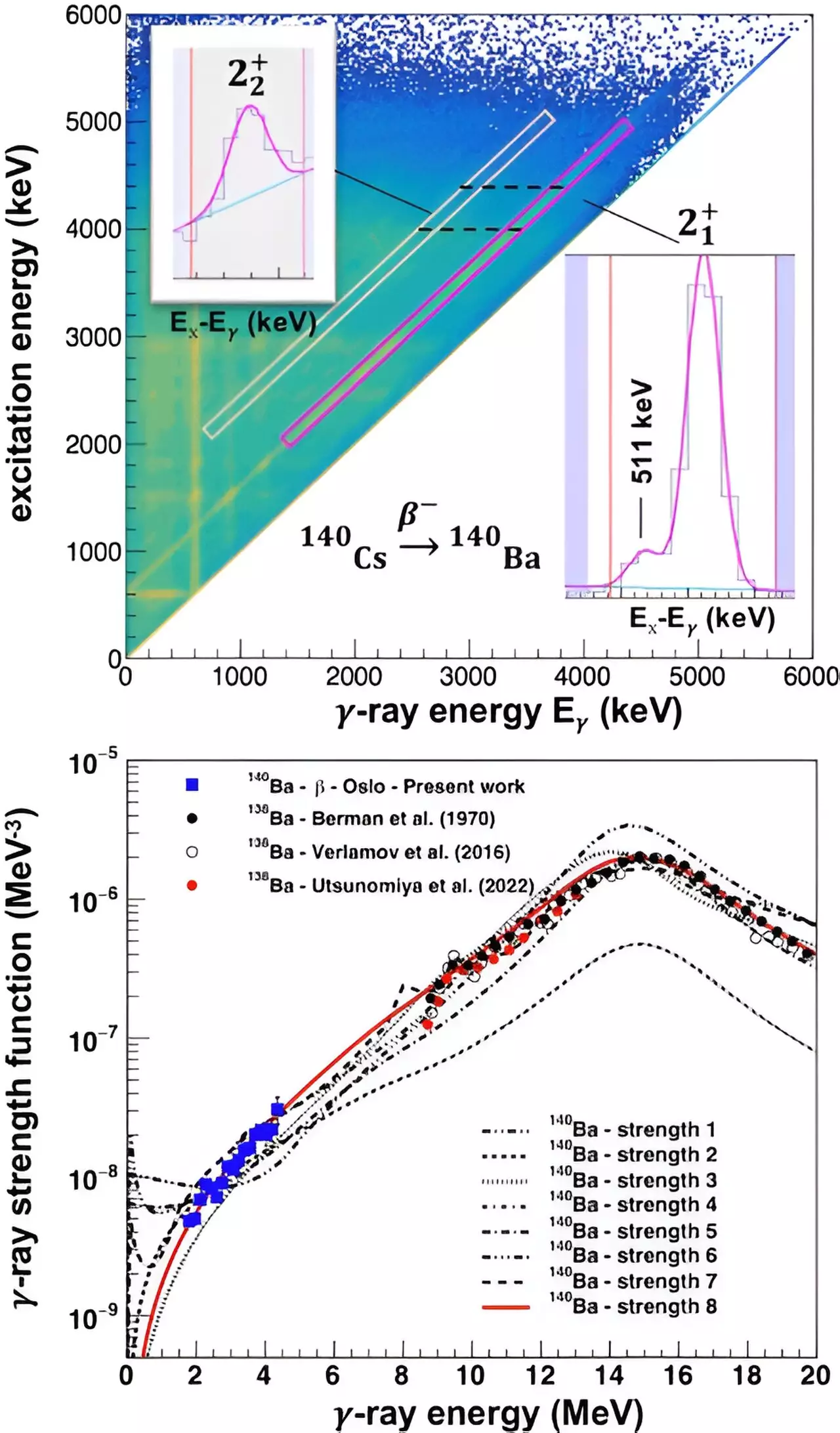The cosmos is a vast tapestry of stars, each with its own heartbreaking beauty and tragic demise. The eternal questions of how stars are born, sustain their brilliance for eons, and ultimately explode or collapse into remnants have captivated humankind for centuries. Among the most profound aspects of this stellar lifecycle is the process of nucleosynthesis, the formation of new atomic nuclei, from which the elements that compose our universe are derived. While significant strides have been made in understanding these complex processes, recent research reveals that our understanding is still in its infancy.
The birth of a star, stemming from vast clouds of dust and gas, heralds a transformative journey that leads to the creation of elements like carbon, oxygen, and, in later stages, heavier elements such as barium and lanthanum. These elements play critical roles in our own existence, presenting a tantalizing link between astronomers and the very matter that constitutes our bodies and Earth. Yet, the specifics of how these transitions occur remain shrouded in mystery.
A recent collaborative study, featuring researchers from the U.S. Department of Energy’s Argonne National Laboratory and international institutions, sheds light on the conundrum surrounding the formation of heavy elements in stars. Their groundbreaking findings were published in the journal *Physical Review Letters*, marking a significant advancement in our understanding of stellar nucleosynthesis.
Leading the research efforts, Dr. Artemis Spyrou of Michigan State University, alongside Dr. Dennis Mücher from the University of Cologne, discovered critical experimental constraints on the conversion of barium-139 to barium-140. This transformation reigns as a pivotal reaction within the nucleosynthesis framework, as it is linked to the processes producing heavy elements in astronomical environments. By clarifying the rate at which neutrons interact with barium-139, the research team paved the way for more accurate models of element formation in stars.
The technique employed within this research involved utilizing the CARIBU facility at Argonne, a state-of-the-art radioactive ion source. This experimental setup allowed scientists to scrutinize barium isotopes as they absorbed neutrons. The endeavor revealed that the previously hypothesized pathways for isotope creation are more intricate than once believed, compelling researchers to revisit longstanding assumptions about stellar evolution.
Historically, nucleosynthesis has been categorized into two primary processes: the rapid (r) process and the slow (s) process. The r process occurs during cataclysmic events such as supernovae, where heavy elements are synthesized in mere seconds. Conversely, the s process transpires in aging stars, contributing to a more gradual formation of heavier elements through successive neutron captures.
However, the discovery of the intermediate (i) process has added another layer of complexity to our understanding of stellar chemistry. This pathway was proposed to explain the enigmatic abundance of certain elements found in stars that were not conducive to either the r or s processes, indicating a yet-unknown mechanism at play. The findings from this recent study enhance support for the existence of this i process, suggesting that our elemental heritage is even more nuanced and multi-faceted than previously thought.
The conversation surrounding the origins of elements transcends academia; it speaks to our essential connection to the universe itself. As Dr. Mücher astutely remarked, the elements formed in the cosmos are found right here on Earth, often in forms that we interact with daily. Thus, understanding how barium, lanthanum, and their kin are synthesized allows us to not only appreciate our physical makeup but also comprehend the cosmic activities that make life possible.
Furthermore, these findings hold profound implications for future research within the field of astrophysics. By accurately measuring the reaction rates and absorption properties of isotopes, scientists can refine their models of how stars produce the elements that populate the universe, leading to a more comprehensive narrative of cosmic evolution.
Researchers anticipate further explorations using the upcoming nuCARIBU upgrade, which promises to enhance understanding of neutron capture processes in neutron-rich isotopes. The objective remains clear: to unravel the mysteries of how various types of stars contribute to the elemental tapestry of the universe.
In essence, while the veil on stellar nucleosynthesis and element formation has lifted slightly, much remains to be discovered. The journey toward understanding where we come from and the mechanisms that govern the birth and death of stars is ongoing—but as these recent findings illustrate, each step forward enriches our understanding of the cosmos, revealing the intricate dance of creation that has occurred across eons. As researchers delve deeper into the complexities of stellar interactions, we may yet uncover the mysteries that hold the key to our very origins.


Leave a Reply